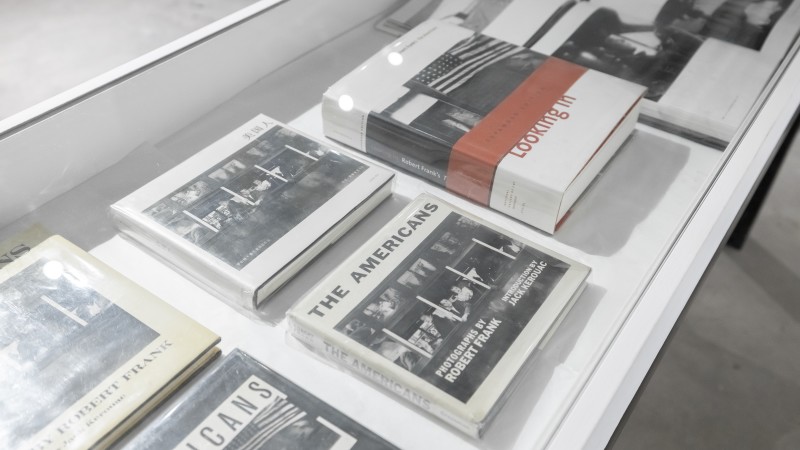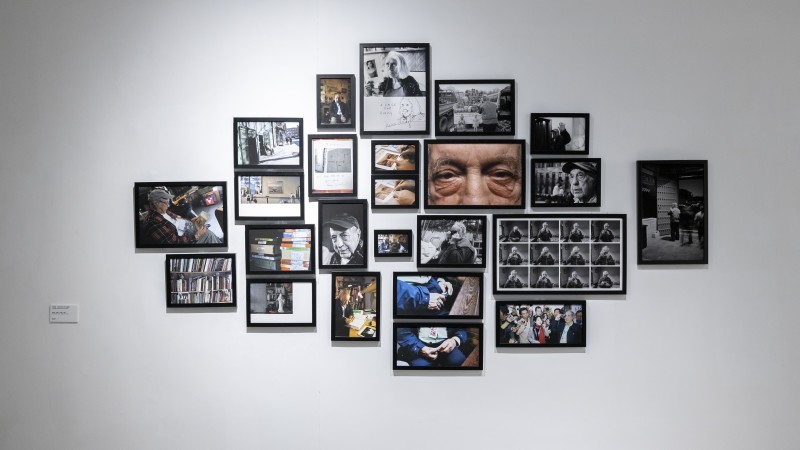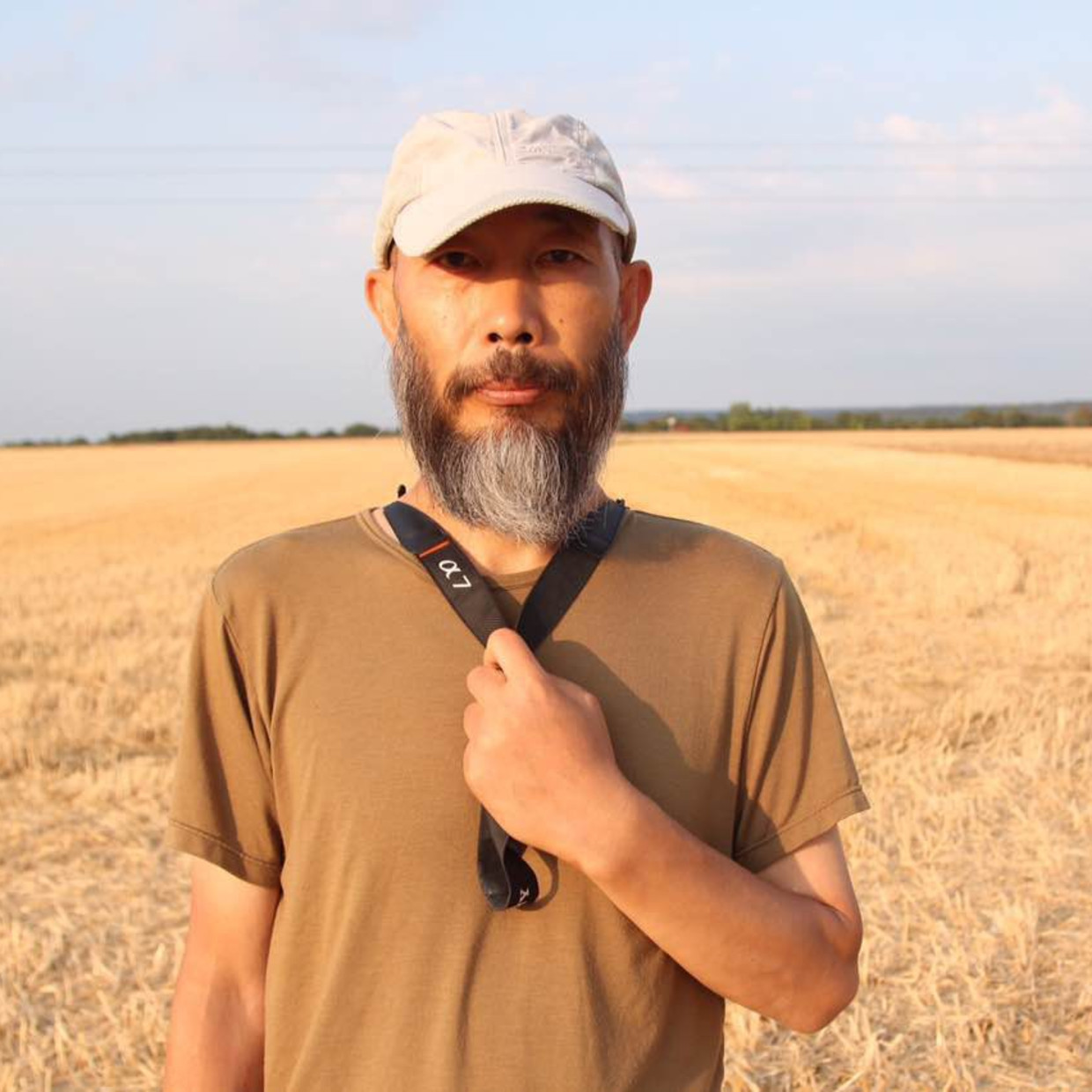Resonance — A Tribute to Robert Frank
Artists: Robert Frank, Mo Yi, Han Lei, Wei Lai, Wang Yishu, Luo Dan, Chen Ronghui, Huang Qingjun, Zeng Han, Birdhead, Yao Yao, Zhu Hao, Lu Heng, Zhou Qiang
Curator: Jin Mu
On September 9, 2019, the Swiss American photographer Robert Frank (1924-2019) died at home in the coastal city of Nova Scotia, Canada. World major media, galleries, institutions and artists all sent messages to mourn him. Seldom is that the death of a photographer can garner so much attention. Robert Frank is credited as the one who changed the course of Western photography, and his most noted 83-photo album The Americans is considered a photographic classic that subverted the tradition. The album was first published in France in 1958 and its US debut was in 1959. Under Frank’s influence, the development of Western photography experienced a turning point, with later generations of photographers breaking new ground in many directions, which constituted the main form of the diversified development of photography in the second half of the 20th century. Philip Gefter, a renowned photography critic who contributed for The New York Times for more than fifteen years, argued that with this album, Frank changed the main principle that photography recorded the objective world. His photographs showed us ordinary people in their everyday environment. His record was about their personal experience, and also about the subject itself. The result was that he changed the look of the photograph and the content of the photographic imagery. The Time Out magazine in the UK described Frank as an artist who redefined the nature of visual practice. However, The Americans was met with resistance in the US when it first came out. Many critics and the mainstream media argued that Frank had scandalized the flourishing country. The Popular Photography complained his photographs: "meaningless blur, grain, muddy exposures, drunken horizons, and general sloppiness." It is true that, in terms of content, The Americans cannot represent all of America, it simply presents a very different side of the country contrast to the optimistic America that filled mainstream media such as Life at the time. But criticism has been directed to the visual expression of the work. John Szarkowski, director of the photography department at the Museum of Modern Art in New York, argued that there were actually some people using photography to reflect social problems in the US, but were not criticized in this way. He stated: "The Americans was received with mixed critical reaction. Not primarily because of its subject matter... We all knew those things existed... but the way in which they were depicted made them seem more difficult to accept, more pessimistic. There was something approaching a sharp edge of bitterness in the look of the pictures. And of course what was eventually learned from that it was not necessarily the sensibility that gave the pictures their bitter taste, but rather the knowledge that the medium itself was much more plastic, and was open to a wider range of invention that we ever realized. ” As we can see, Szarkowski identified the real reason in his explanation is the change of photographic narrative methods. Many well-known photographic artists of all ages, including Ralph Gibson and Alec Soth, have been outspoken about the influence and inspiration given by Frank. It is clear that Frank's influence continues to shape contemporary photography. Frank was introduced to China at the end of the 1980s, when the context of photography in China was different from that in the West. Before 1988, photography was treated as a tool widely used in various areas. Even after the awakening of the Chinese photographer's individual sense of observation, the inertia in this perception persists to this day. In 1988, the Taiwanese photographer Ruan Yizhong published a book entitled "Masters of Contemporary Photography" in mainland China, which introduced 20 important Western photographers, including Robert Frank. Many people first learned about Robert Frank through this book, and tried to understand his work by comparing it with Henri Cartier-Bresson's concept of the "decisive moment". While the listing of photographic masters has helped Chinese photographers to expand horizons, it has also led to a lack of understanding of the chronological evolution and mentorship in the history of Western photography. From 1989 to 1992, Franck's name appeared sporadically in the Modern Photography magazine. The narrative revealed some ambiguities and biases in people's judgment of his work. In August 1994, Robert Frank was introduced to the reader in detail, with a few of his works published in the ninth article “Serious Documentary” in the series of "Introduction to the Masters of World Documentary," compiled by Shaohua Huang. Notably, the article grouped him with Lee Friedlander, Garry Winogrand, and Diane Arbus, who were three of the "New Documentary" photographers. It also pointed out the differences between Frank's photography and the earlier social documentary and reportage photography. Around the year 2000, a large number of original foreign catalogs, including the album The Americans, appeared frequently in the vision of domestic photographers. With more books on the history of photography, people gradually had a clear and accurate understanding of Frank's artistic thought. The periodical and magazine coverage and the rapid growth of the Internet have also contributed to a better understanding of Frank. In 2007, under the guidance of curator Robert pledge, Robert and his wife June Leaf attended the Pingyao International Photography Festival 2007 and it was their first visit to China. In 2008, Steidl published the Chinese edition of The Americans. This exhibition presents a selection of original photographs by Robert Frank from the collections of CIPA Gallery and the artists Huang Qingjun and RongRong, as well as the publications about Frank from the Yingshang Photography Book Archive. We have also assembled the works by thirteen Chinese photographers to present along with these precious Frank’s photos. Mo Yi and Han Lei started their photographic creation in the early and mid-1980s respectively. At that time, although the Chinese knew little about Frank, there was a certain resonance with Frank in spirit and temperament. Wei Lai, Lu Heng, Wang Yishu and Huang Qingjun all visited Frank's studio in New York and received recognition and encouragement from Frank during their personal communication. Zeng Han and Luo Dan both conducted the "On the Road" wandering photography, spiritually inspired by Frank and the “Beat Generation”. Chen Ronghui was sponsored by the "Frank Foundation — Sanyu Scholarship Fund"of the Yale University. Like Frank, he has maintained the perspective as a stranger while studying in the US. The photographic works by Zhu Hao, the Birdhead, Yao Yao and Zhou Qiang echo with Frank’s in multiple aspects of the sense of time, order, metaphor and moving image respectively. These artists have formed a group of individual experimental samples of Chinese photographers in the past forty years since the 1980s, who have embodied a consciousness of photography as an artistic language at different times and stages. When looking at the West, they seek the benchmark with their own local experiences in the history of world art. In the course of valuable explorations, Chinese artists have transcended time and space, and formed complex and delicate vibrations and resonances with Robert Frank in different times and directions. With this exhibition, we will pay tribute to Robert Frank, a pioneer of groundbreaking photography.
















